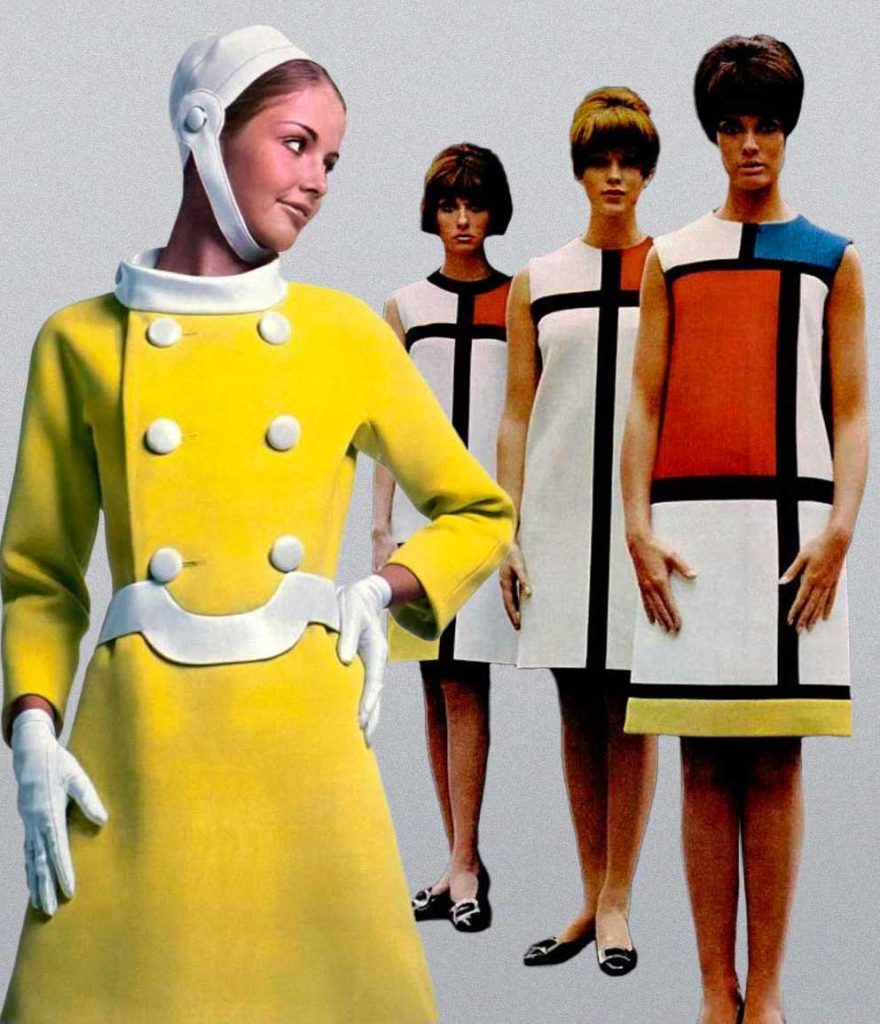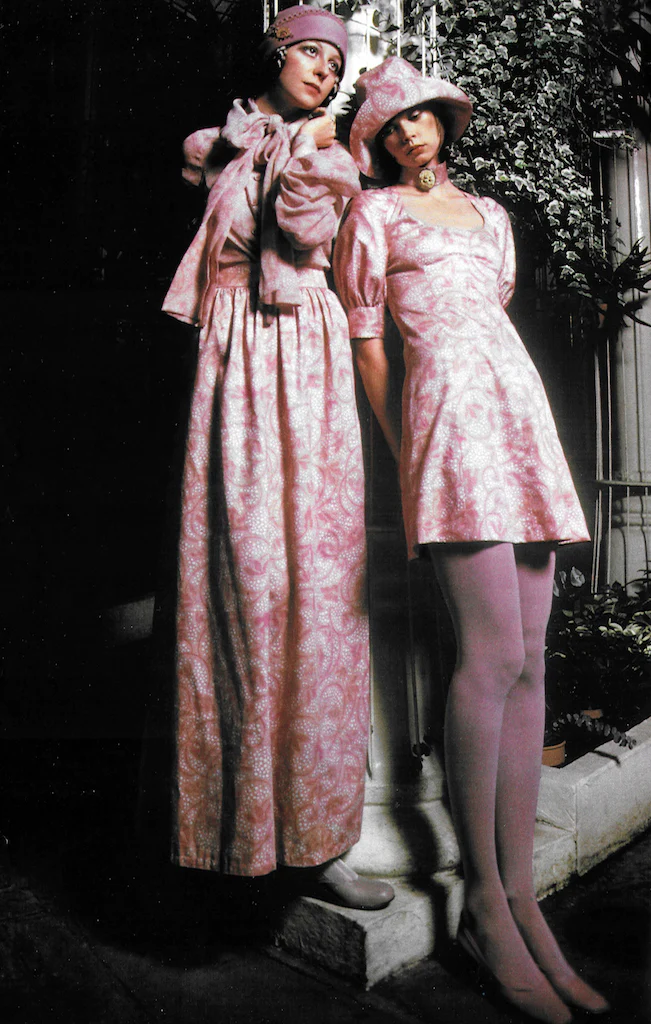Years ago, the only way to get your hands on vintage sewing patterns was to go to old bookstores or try your luck at garage sales. With the growing popularity of everything old-school, it’s now easier than ever to find antique patterns.
Sewing with the authentic vintage pattern is a delightful experience and a great approach to reconstructing the past’s distinctive details and flattering patterns. They do, however, appear and read very differently than the commercial patterns we use today.
As a result, it is understandable that some people feel intimidated by vintage sewing patterns. But, before you put those old prints back in the drawer, check out these perks of using vintage sewing patterns.
You will have a one-of-a-kind experience
The fact that vintage patterns are so unique makes them so appealing to work with. As with retro clothing, you may have to be interested in a specific era to wish to duplicate what was done many years ago.
Of course, when working with everything unusual, challenges are unavoidable. However, with a few little adjustments, you should be able to create vintage-styled clothing that fits your proportions perfectly.
They let you be creative with sizing and proportions
The most difficult challenges to tackle when dealing with vintage sewing patterns are sizing and ratios. This is because body shapes change over time.
Even these are doable with a little bit of courage and creativity. Taking your own measurements and comparing them to the pattern components is one of the most effective ways to fix such problems.
Calculate your waist measurement and quarter it, for example. You can then match this to the beltline of a front or back bodice pattern piece. This method will help in making sizing and proportion issues less complicated.
You can make modern clothing with retro twists
When it comes to making vintage apparel with modern twists, old antique sewing patterns are the go-to source. Using vintage designs as inspiration might be as simple as putting a strip of lace along the front of your shirt.
For example, if the design inspiration is a stretch dress with an unusual keyhole on the collar, you may look for a ’60s shift pattern. You can also keep committed to your inspiration while making minor changes to make it more you.
You have two options here. First, you can try hard for authenticity by imitating your inspiration clothing as accurately as possible. Or, you can mix and match vintage and modern sewing patterns.
Vintage sewing patterns are collectible items
People will pay a specific amount of money for your vintage sewing patterns, just like any other vintage item you’ll find nowadays. Typically, if you buy from places like private pattern dealers, many patterns from the 1950s and on will retail for roughly $10 to $15.
Patterns prior to the 1950s may even rise in value. They include Vogue designer or haute couture patterns and other patterns considered uncommon. Still, some sellers may simply be selling whatever they bought in a thrift store and mistakenly believe it to be valuable or rare.
Final Thoughts
Most people buy vintage sewing patterns for the purpose of collecting, which is why laminated prints are so common. However, if you intend to use them to make actual garments, it is better to trace them rather than use the original pattern.
Whatever your motive for getting vintage sewing patterns, rest assured that The Vintage Pattern Shop is a reliable source. We’re in the UK, and we sell authentic sewing patterns from the 1930s through the 1980s that have been precisely replicated with a high level of detail. Visit our website to find out more.


